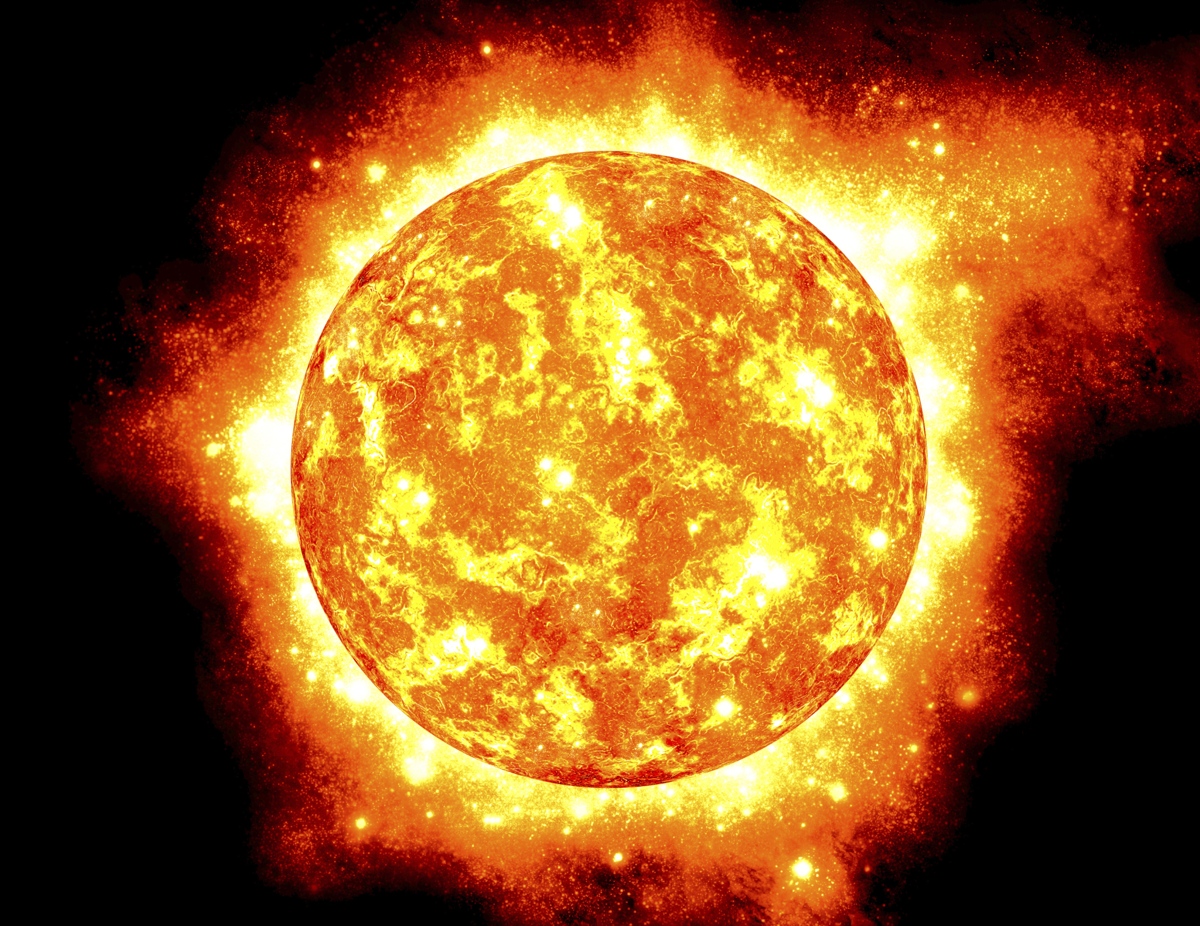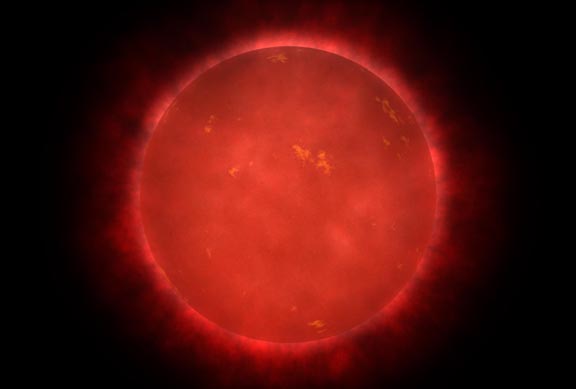

Blue giants are far hotter than red giants where they can range anywhere from 10,000 – 50,000 degrees Celsius depending on the type whereas red giants are 2,200 – 3,200 degrees Celsius.Differences Between Red Giants And Blue GiantsĪs for the differences between the two, they include the following: Similarities Between Red Giants And Blue Giantsīoth are made made up of hydrogen and helium, both convert hydrogen to helium via nuclear fusion and both can eventually go supernova once the balance between the inwards and outwards forces cannot be maintained. This typically falls within the 10 – 20 million year range. This is a main-sequence star, which is between 2 and 16 times the mass of the Sun.ĭue to the excess amount of energy required as well as the specific circumstances of a blue giant needing to be on the boundary of the Eddington limit to even form, these stars are a very rare phenomenon within our universe.īlue giants also have a shorter lifespan due to their excessive energy consumption. This type of star has a strong absorption line composed of ionized helium.Ī Type B star is blue and highly luminous, with surface temperatures between 10,000 and 30,000 degrees Celsius. These giant stars are categorized into 2 different types, a Type O or a Type B star.Ī Type O star is a bluish-white star that possesses a surface temperature of around 30,000 to 50,000 degrees Celsius. In essence a blue giant star is the phase just before bloating up where they start burning their remaining hydrogen at a rate so fast (whilst staying within the stars Eddington limit), it goes through more energy per second than other smaller yellow dwarf stars like our Sun does in a year. Thanks to its vast mass, a blue giant generates significantly more energy than other stars – R136a1, for example, generates more energy over four seconds than our Sun does in an entire year.

What Is A Blue Giant?Ī blue giant star is a stellar body that is in the process of using its last remaining supplies of hydrogen. These are formed from dying stars are that far bigger in mass than the Sun and even those that fall under the supergiant moniker. Some stars can be bigger than your average red giants, such as a red supergiant, and even those that are amongst the brightest stars around called hypergiants. At this point, the sun will engulf the inner planets as it expands. Our sun will turn into a red giant in around five billion years. And it’s this vast surface area that keeps the temperature relatively cool – 2,200 to 3,200 degrees Celsius.

The helium core continues to shrink while its temperature increases – and this gives energy to the hydrogen shell, which increases in luminosity as it continues to expand.Ī red giant will grow 100 to 1000 times wider than the size of our sun, giving it a total width of somewhere between 100 million to 1 billion kilometers. But, when fusion ceases, the force of gravity exceeds the pressure of fusion, and the star begins to compress.Īs this happens, it increases the temperature inside the star and ignites a burning hydrogen shell. The majority of stars in our Universe are known as main-sequence stars – or those which utilize nuclear fusion to convert hydrogen to helium.ĭuring its ordinary life, the inward pressure of gravity is balanced by the outward pressure of nuclear fusion, which holds the mass together.


 0 kommentar(er)
0 kommentar(er)
